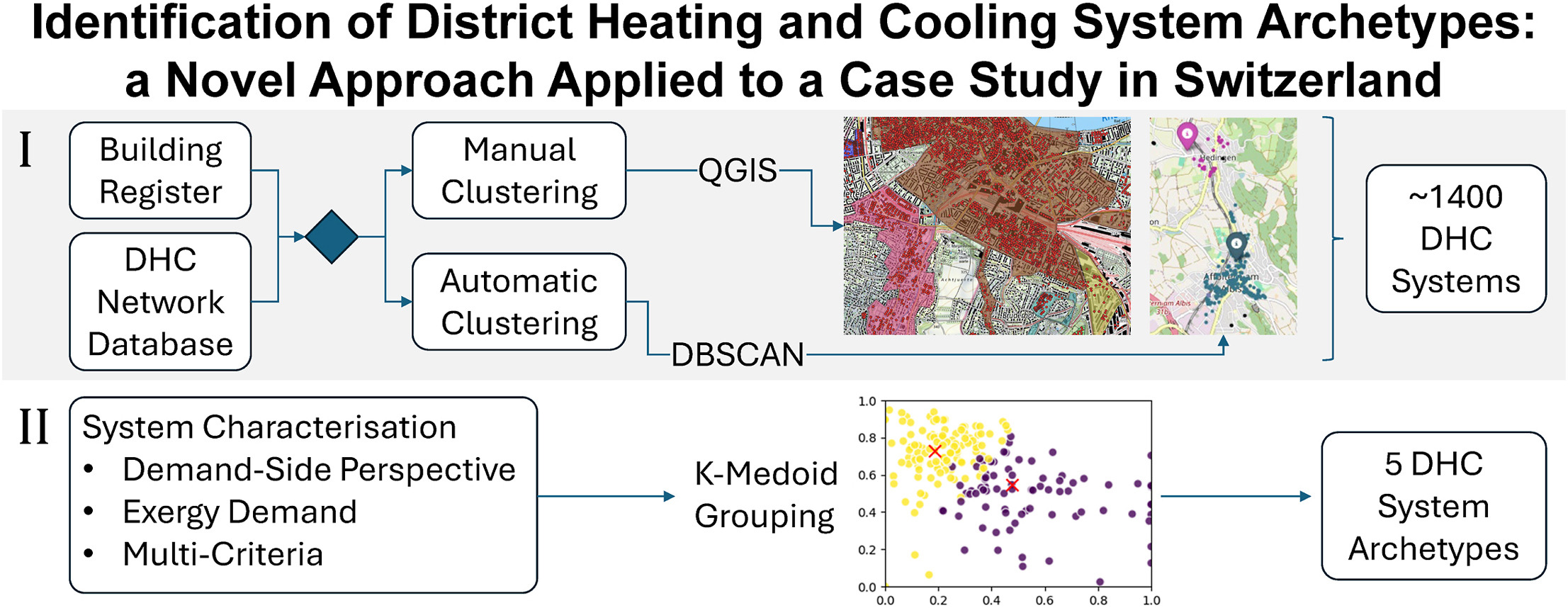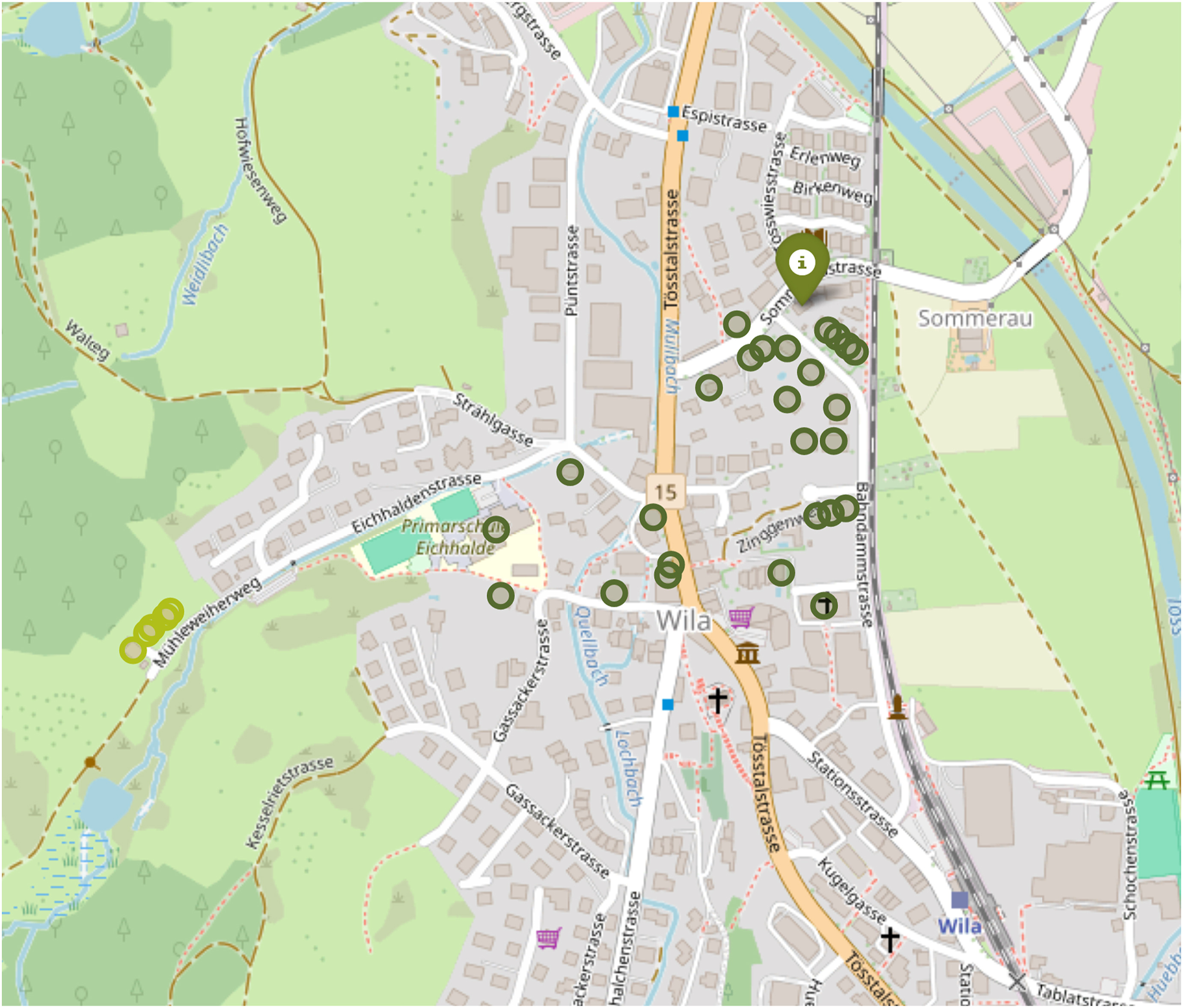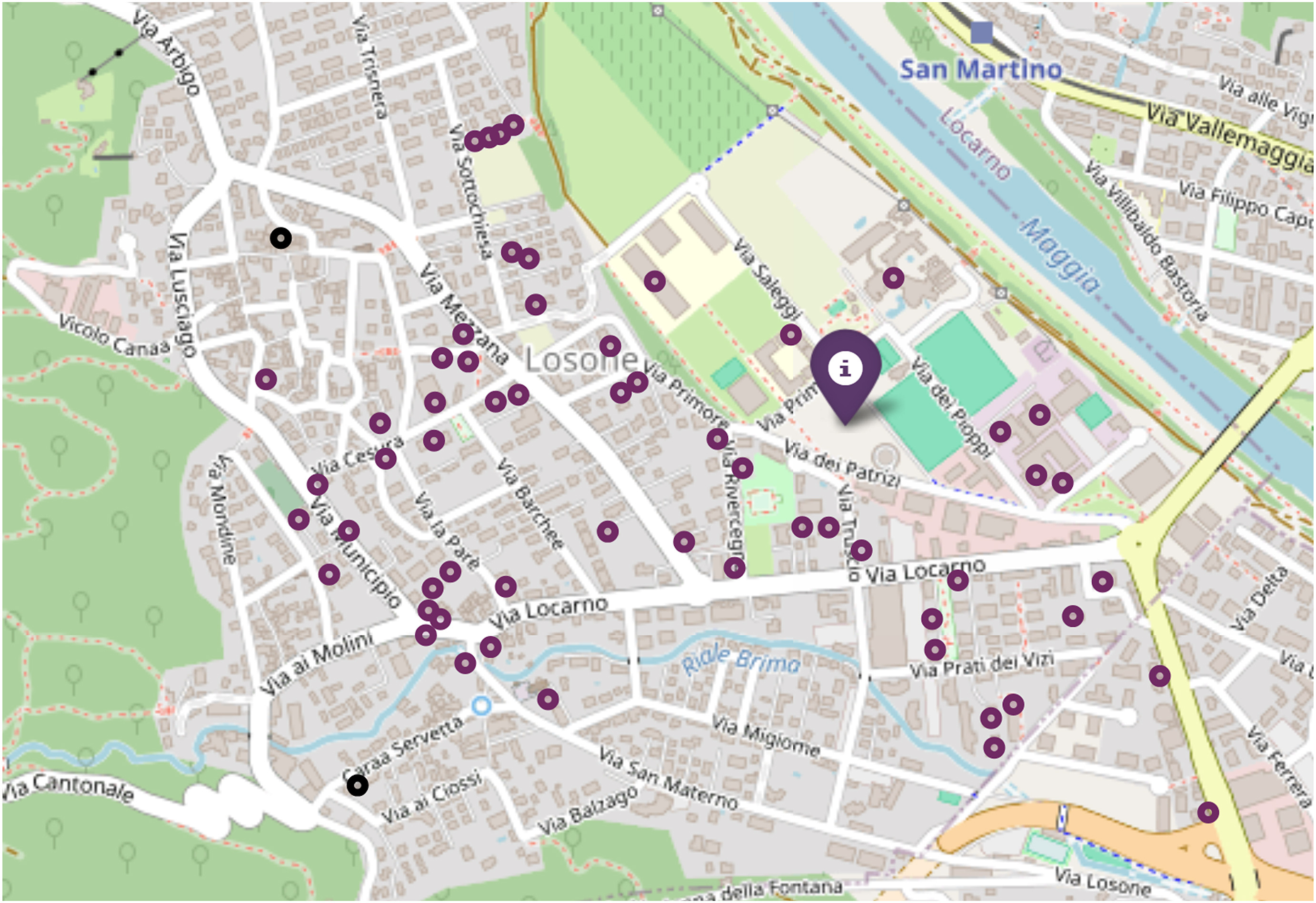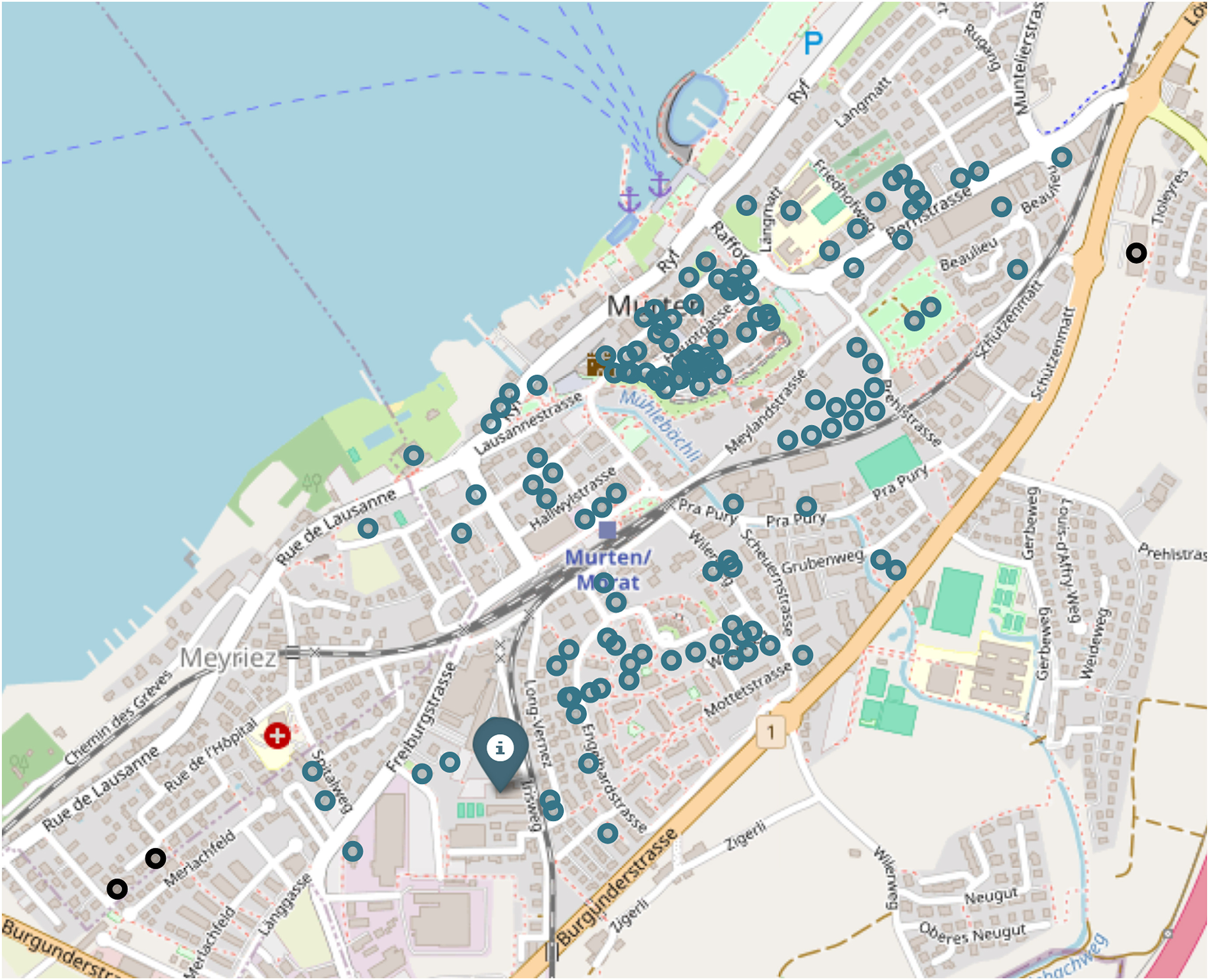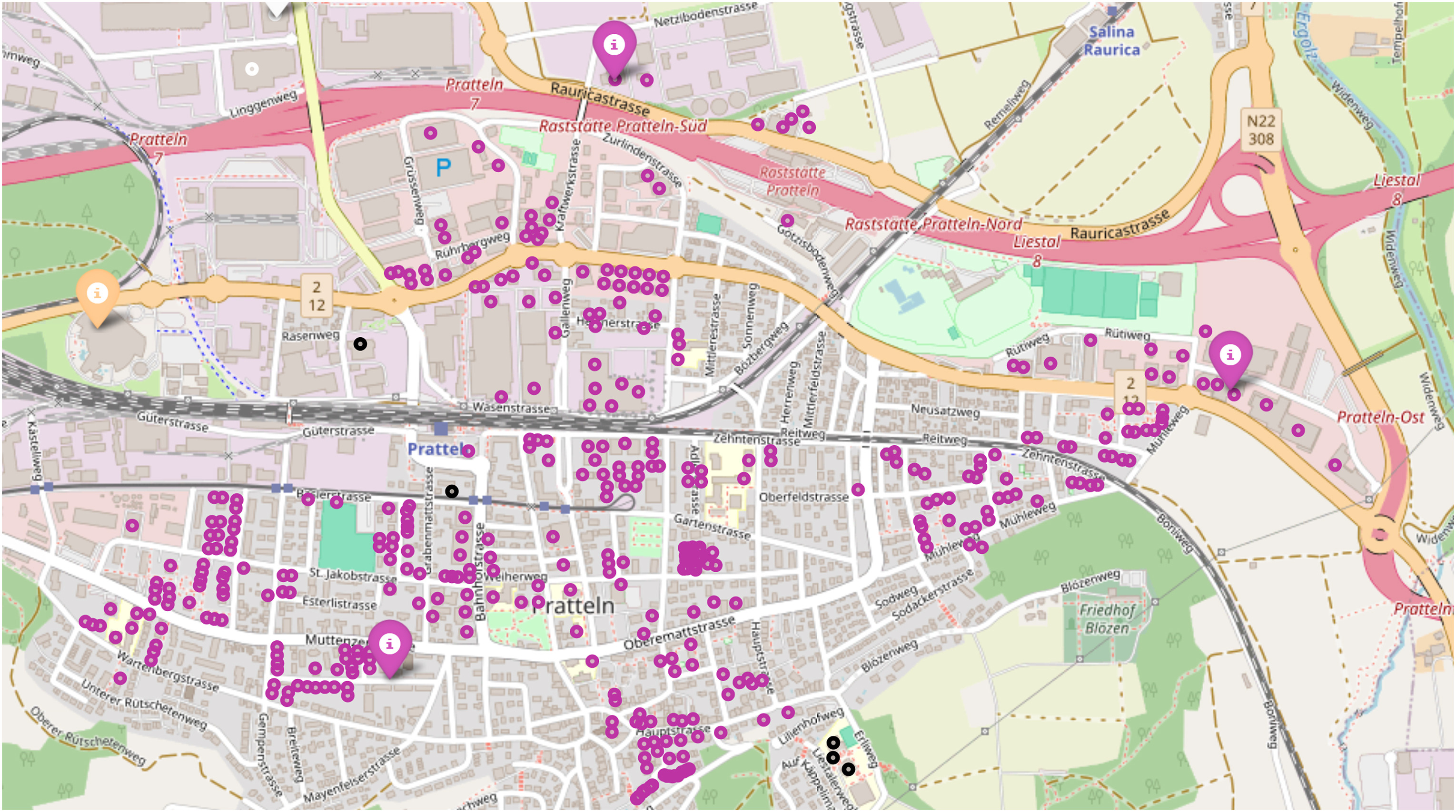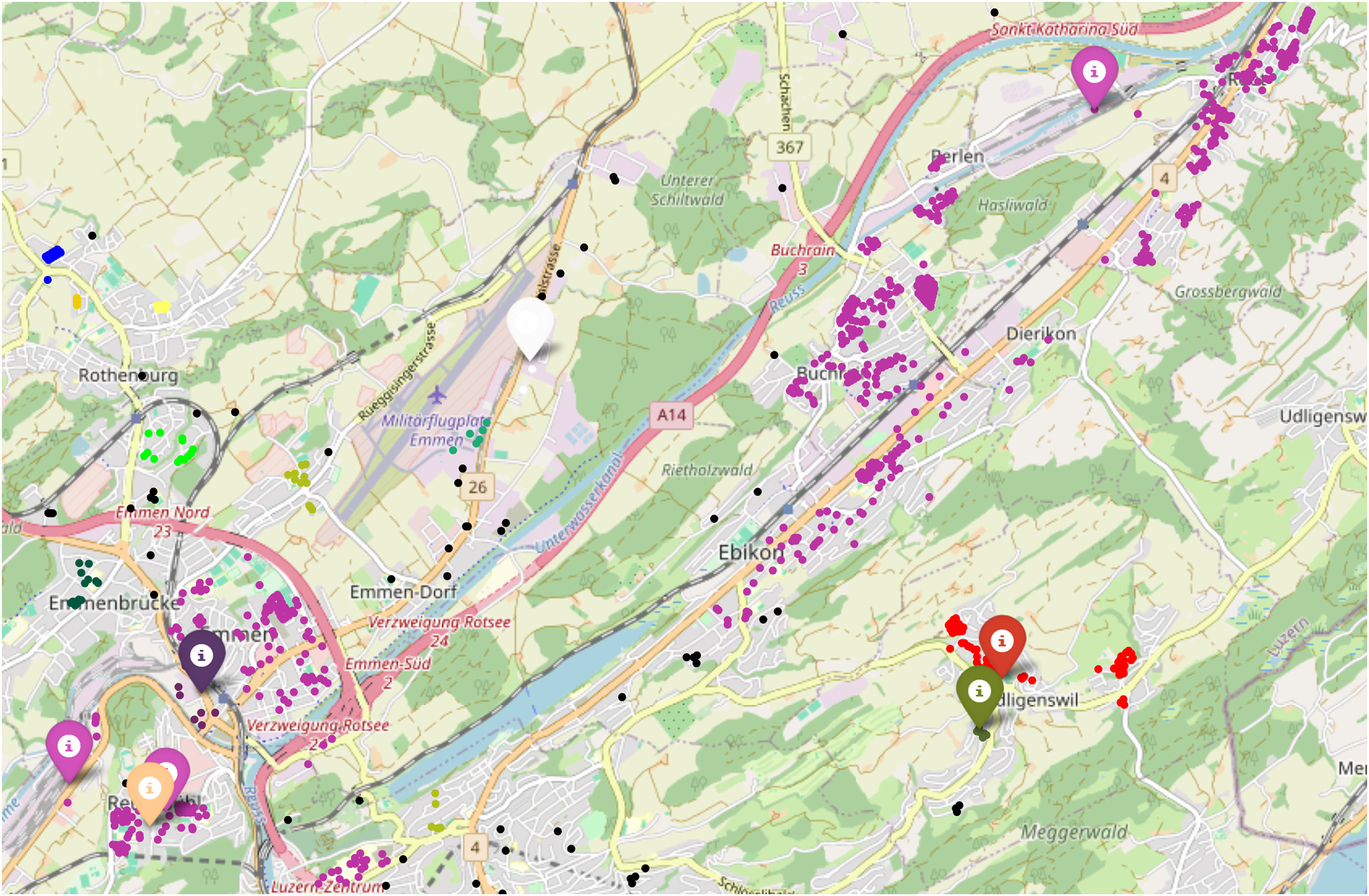Highlights
- First proposal for a bottom-up identification methodology of District Heating and Cooling (DHC) system archetypes.
- Multi-criteria classification focusing on 4 demand characteristics including exergy.
- Identification of 5 representative DHC systems for Switzerland.
- Enhances design, energy planning and policy-making of DHC systems.
Abstract
This study introduces a novel multi-criteria methodology for the demand-based characterisation and grouping of DHC districts, with exergy as a central metric.
The method proposes 4 criteria to characterise supply regions on GIS-based data:
- exergy demand density (in place of traditional energy demand),
- degree of connection to reflect densification potential, and
- two building stock indicators reflecting ownership patterns and usage types to incorporate a social dimension.
The methodology applies a K-medoids algorithm to group similar systems and identify representative archetypes within each group.
To demonstrate the approach, it was applied to publicly available data on existing Swiss DHC systems. As the required data on supply regions was not readily available, it was first generated through a GIS-based analysis, using DBSCAN clustering to define district boundaries based on building-level information. This enabled the application of the proposed criteria and the identification of five distinct archetypes for Swiss DHC systems.
Due to the slightly delayed perspective of the Swiss dataset, recent developments such as low-temperature networks are underrepresented while capturing the more established, higher-temperature networks where decarbonisation needs remain particularly significant.
Keywords
- District heating and cooling
- District energy
- Decarbonisation
- Archetype
- Clustering
- Exergy demand
Corresponding authors:
Lucerne University of Applied Sciences and Arts (HSLU)
- Luca Brauchli, Institute of Mechanical Engineering and Energy Technology, luca.brauchli@hslu.ch
- Núria Duran Adroher, Institute of Mechanical Engineering and Energy Technology
- Willy Villasmil, Institute of Building Technology and Energy
- Markus Auer, Institute of Mechanical Engineering and Energy Technology
- Edward Lucas, Institute of Mechanical Engineering and Energy Technology
- Philipp Schuetz, Institute of Mechanical Engineering and Energy Technology
- Jörg Worlitschek, Institute of Mechanical Engineering and Energy Technology
